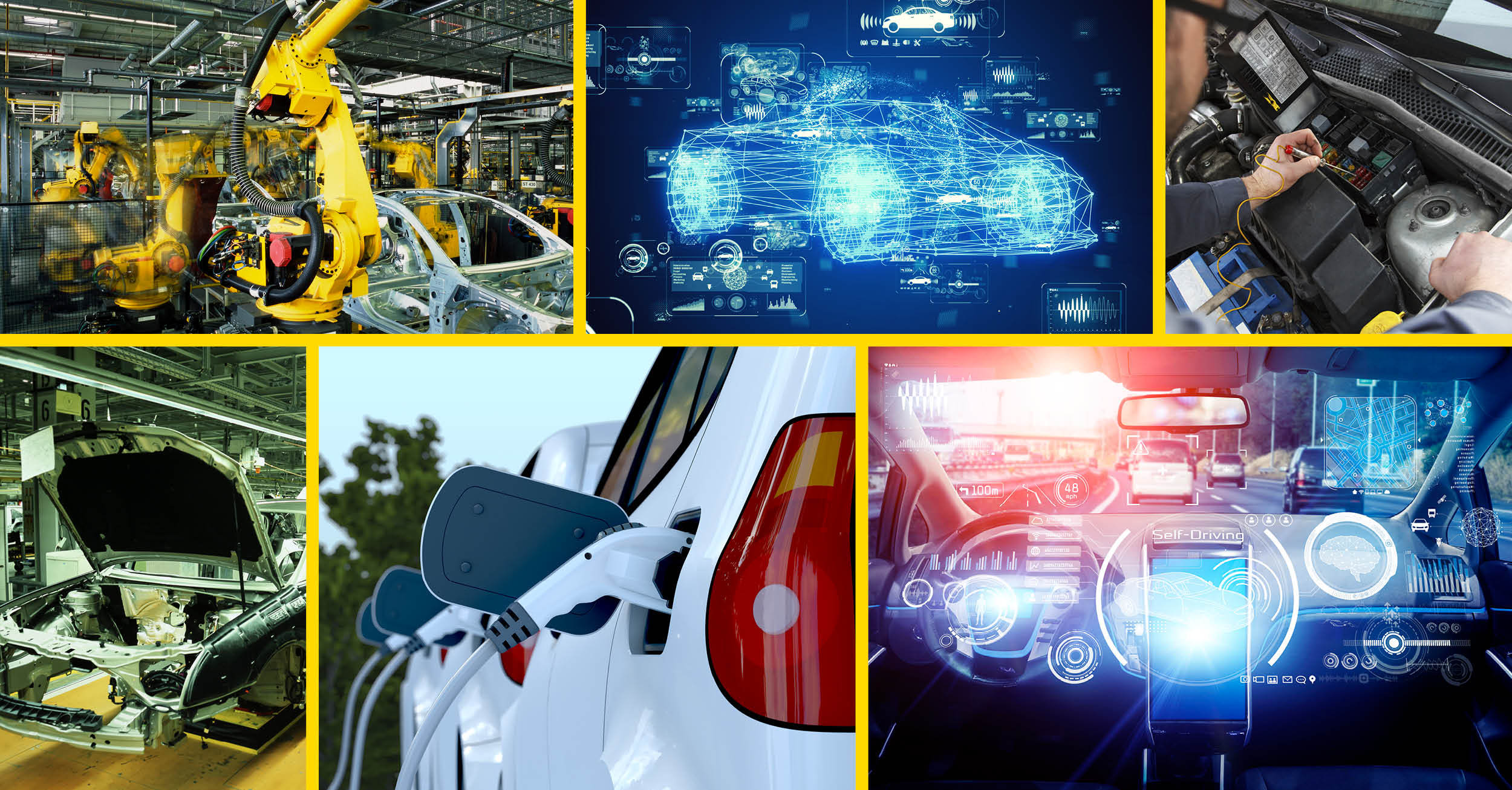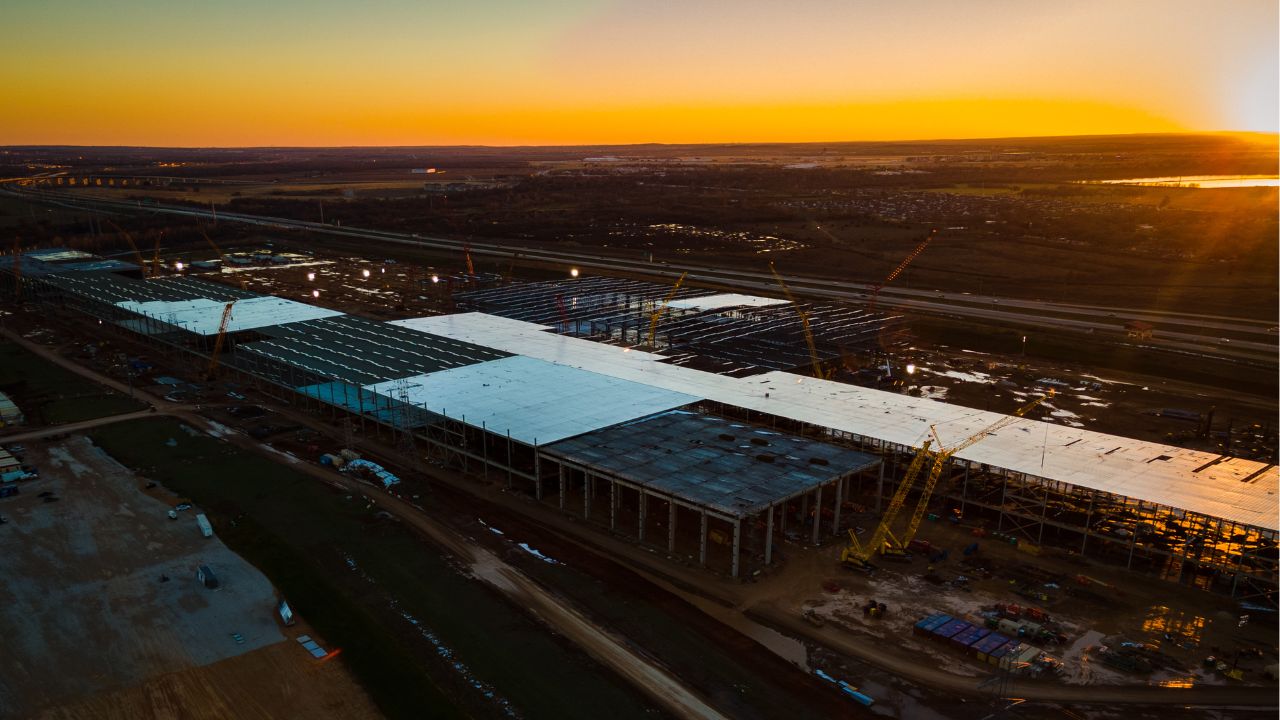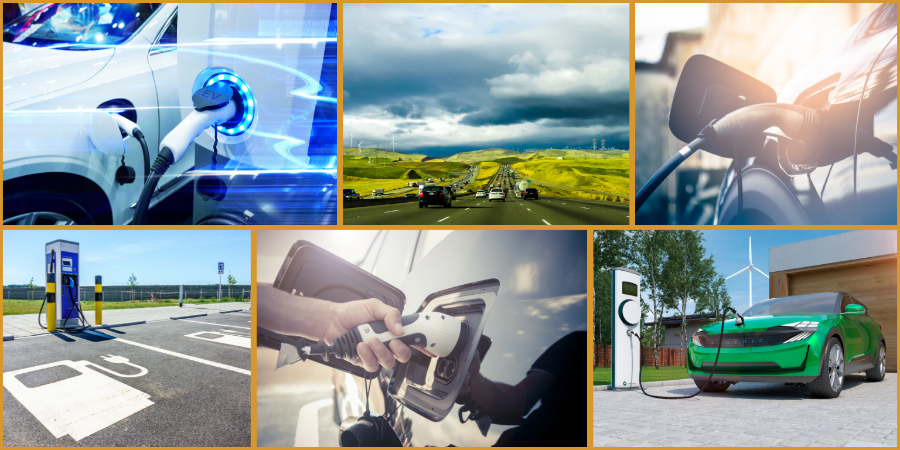Will 2021 Be The Year For Driverless Cars?
20 Jan, 20217:02Despite initial predictions in 2015 that we would become “permanent backseat driv...

Despite initial predictions in 2015 that we would become “permanent backseat drivers” and we would see millions of self-driving cars on the roads by 2020, fully autonomous cars are still out of reach for most of the general public. The age of artificial intelligence was expected to be now but advances in self-driving vehicles have been slower than anticipated.
So, when will we see long-awaited self-driving cars on our roads? How do they work and why is their development taking longer than predicted?
How do autonomous cars work?
Autonomous cars also referred to as ‘self-driving cars’, ‘driverless cars, or robo-cars’ are essentially vehicles that can operate without human input. They can sense their surrounding environment and manoeuvre safely without intervention.
To do so, a variety of sensors combine to enable the car to understand its environment such as:
Radar
Sonar
GPS
LiDAR and more
Advanced control systems then process this information to calculate the best navigation paths, any potential obstacles and road signage along the way.
So far, the main applications for this technology include long-distance trucking and taxis but the expectation is self-driving cars will eventually become a part of everyday life.
Why is the development of self-driving cars taking longer than predicted?
Driverless cars have the potential to drastically improve the lives of many, but despite the early predictions that we would become “permanent backseat drivers” by 2020, progress has been slower than expected because of three key drawbacks.
Self-driving cars cannot make ‘judgment calls’
Self-driving cars rely on artificial intelligence (AI) to work. When the predictions were made, massive advances in AI occurred across speech generation, computer vision, translation and so on. The incredible progress witnessed in early 2010 drove the optimistic predictions for self-driving cars by 2020. It was expected that the progress experienced would continue to accelerate.
However, after investments of time, money and resource the limitations of AI when applied to vehicles become apparent – AI was unable to make judgement calls, meaning it lacked a fundamental piece of being able to navigate our roads with reliability.
An example of this being emergency stops – as drivers we face many hazards that require us to use our judgement. Even though it would be easy to programme a driverless car to simply stop when it detects an object in the road, it’s not currently possible for the car to calculate IF an emergency stop is the best course of action. The hazard in the road could be a paper bag, or cardboard box meaning that the vehicle stopping without warning could cause a huge pile-up unnecessarily.

As a human, we can quickly calculate the best course of action concerning the hazard because we have both an understanding of consequences and, over time, we develop a familiarity with situations such as these. Presently, AI isn’t capable of doing so and it will take a lot of ‘trial and error’ before it is.
An ideal way to train AI to make these judgement calls would be to ‘teach’ it what good driving behaviour looks like. For example, footage of real driving could be used to help driverless cars become more familiar with hazards they may encounter on the roads. However, for this to be effective, millions of hours of footage would be needed and collecting this abundant data is costly. On top of this, many events the car could encounter are so rare that a situation could still be experienced which isn’t covered in training data.
Following on from the inability to make judgement calls, a driverless car would also need to deal with moral dilemmas. An example being, who should the vehicle prioritise if an accident occurs? The lives of the occupants? Or should the vehicle prioritise the safety of other members of the public? There are countless examples of ethical choices that would need to be programmed into the AI which are difficult for even a human to make.
The enormity of this task has led to slow progress. But car manufacturers do state they’re getting closer and we’re seeing select driverless car trials in certain cities.
Will humans be able to trust driverless cars?
Leaving judgement calls and ethical choices in the hands of AI is an unsettling prospect. Most acknowledge that driving a car carries some risk, but this is accepted because we, as drivers, are in control. But relinquishing this control won’t come easily and can be a daunting prospect to some.
On top of this, like any piece of technology, there’s potential for glitches to occur which can also cause distrust – if the car were to malfunction, stop suddenly or act unpredictably it could be very destructive.
Another hurdle to building trust in self-driving cars in the possibility of hacking – as with all technology advances, driverless cars could be open to misuse. They could be hacked to gain personal details or worse, hacked to gain control of the vehicle’s direction or speed.

Driverless cars are expensive
Like most new technologies, the research and development necessary to make driverless cars a reality is costly.
However, despite an initial high price point, eventually, the cost to manufacture will come down in price as driverless cars become more mainstream – but this is unlikely to occur soon as, for example, it took decades for other engineering feats such as solar panels and advancements into wind turbines to decrease the initial set up costs of renewable energy.
What are the benefits of self-driving cars?
Despite the limitations and drawbacks of self-driving cars, if executed correctly, they could bring about huge environmental, economic, and social benefits that have the potential to considerably change our lives.
1.They are safer
It’s predicted that more than 90% of car accidents are caused by human error, meaning that the adoption of autonomous vehicles could significantly improve the safety of our roads.
The potential of removing human error on improving safety is perfectly demonstrated by the aviation industry – flying is recognised as one of the safest modes of transport with the odds of fatally about 1:3,000,000 as opposed to 1:103 in cars. Experts put this down to the lack of human intervention - commercial passenger flights are controlled by a pilot for approximately six minutes each flight during take-off and landing, for the rest of the flight automated systems are in control.

2.They can provide independence
For many, driving is a daily part of life. But for some, physical difficulties or disabilities prevent them from driving and life often consists of relying on others to get around. Driverless cars could provide more independence to those who need it and enable people to become much more self-reliant.
3.They are better for the environment
On today’s roads, excess pollution is caused by driving style. Most fuel is burned when drivers brake or accelerate excessively, or when they drive at high speeds. An autonomous vehicle would cut these factors out which would mean less fuel is burned or less battery power is consumed.
On top of this, most of the autonomous vehicles in development/existence are electric. Electric cars are widely known as contributing a much lower level of emissions than traditionally fuelled vehicles.
4. They will reduce traffic creating a ‘better’ driving experience
Driverless cars hold great potential to reduce traffic – if all vehicles on the road were autonomous, they could, in theory, communicate with each other to avoid traffic jams by choosing alternative routes. On top of reducing traffic, this would also decrease pollution thus benefiting the quality of air.
As well as shorter travel times, self-driving cars bring the added benefit of the driver not having to concentrate on the journey. Travelling could instead, become the perfect time to relax, watch a movie or even sleep.

When will self-driving cars be on our roads?
Although progress has been slow, almost every major car manufacturer has researched or is planning to research self-driving cars to bring them into mainstream use – but some are much closer to achieving that goal than others.
For example, this month Hyundai released a statement announcing it was in early talks with Apple. Although the specifics of these talks are yet to be officially released, reports from global news outlets have suggested the two companies plan to launch an autonomous electric vehicle by 2027. A deal is expected to be revealed in March 2021 and subsequently, Hyundai’s share value increased by 20%.
There are also several projects already underway. In 2020, Waymo (American autonomous driving technology development company) became the first to bring the idea of a ‘robotaxi’ to life. Initially, in 2017 the robotaxis had safety-drivers and were tested on a pool of 400 citizens but by 2019 the vehicles were operating without the back-up of a safety-driver. After a year of testing the service was opened to the wider public in Phoenix Arizona and users can now request a pick-up via an app and are transported to their destination via a fully autonomous vehicle.
Meanwhile, Tesla is aiming to offer subscription-based self-driving cars to the general public by the end of 2021.
The UK is leading the way with driverless cars
Over in the UK, a report, conducted by researchers at the Connected Places Catapult, Element Energy and Cambridge Econometrics forecasts that by 2035, 40% of car sales in the UK could have self-driving capabilities. This would result in a total market value of £4.17 billion which is expected to bring 40,000 skilled jobs to the automotive industry within Britain.
Over the last six years, the government has reinforced its commitment to the automotive industry through investing £200 million into autonomous vehicle research and development and subsequently Oxford, London and Birmingham saw driverless car trials launch last year.
Trials include Ocbotica’s ‘Project Endeavor’, and Streetwise in London.

Technology is advancing at a rapid pace
Research and development into the technologies that make driverless cars possible are currently advancing at a rapid pace. Many countries and companies are investing heavily to make inroads to a driverless future as soon as this year.
For example, over in Germany, Researchers at the Fraunhofer Society have developed a new type of microscanner mirror that works with LiDAR to provide autonomous vehicles with enhanced 3D vision. The team at Fraunhofer have stated their next steps are to prepare the miscroscanner for mass production.
We’re also seeing new technology in use by AEye, a San Francisco-based company that specialises in advanced computer vision for autonomous vehicles. The new tech is a MEMS scanner made from monocrystalline silicon with a reflective coating that intensifies the LiDAR’s range. This works by allowing more light to be captured by the sensor enabling it to more accurately determine the distance to an object.
Although it’s still unclear as to when driverless cars will become mainstream worldwide, current progress and investments suggest the next 5 years will be crucial in the development and rollout of driverless cars.
NES Fircroft and the Automotive Sector
As the sector evolves and new technologies develop, sourcing leading engineering talent is vital to continue driving progress.
NES Fircroft can source the high calibre of technical talent needed to ensure sector innovation – if you have a staffing need, get in touch with our experts.
If you’re looking for your next Automotive job – we can help. Having operated in this sector for a number of years we have strong relationships with some of the biggest companies in the industry.










